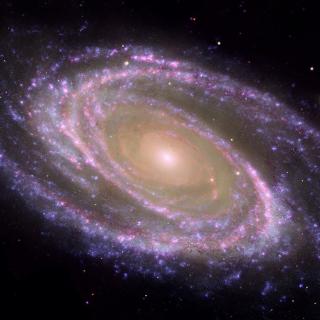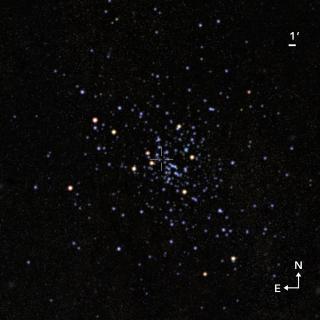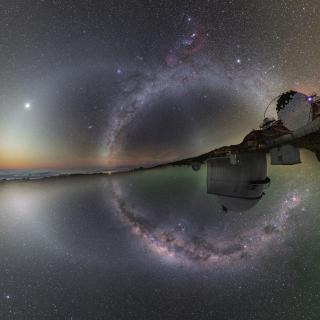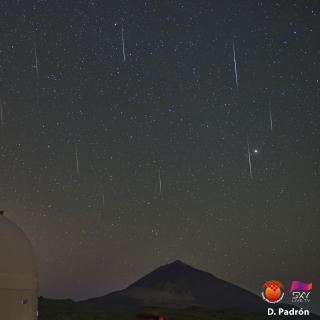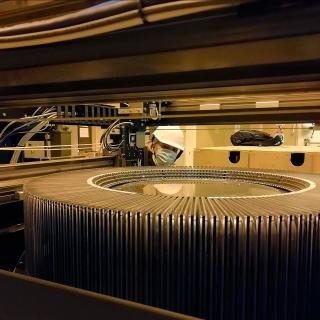
All the main components of the new multiobject spectrograph WEAVE on the William Herschel Telescope (WHT) in the Roque de los Muchachos Observatory (Garafía, La Palma) have arrived on the island. The Instituto de Astrofísica de Canarias (IAC) has played an outstanding role in the design and production of the parts of this instrument, the work of an international collaboration, which will start its commissioning after immediate integration on the telescope.
Advertised on
